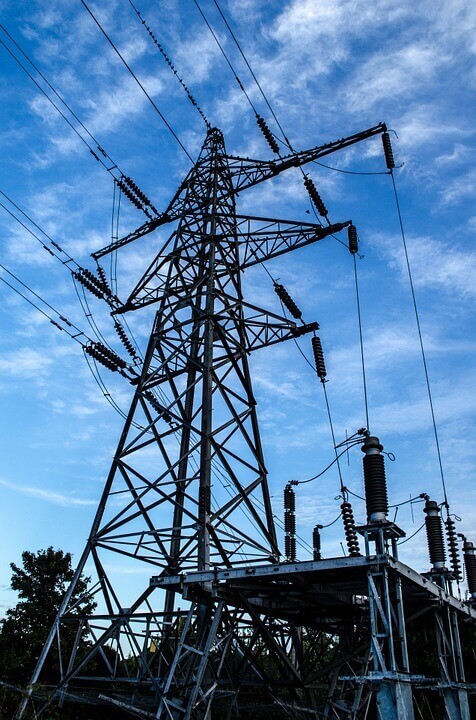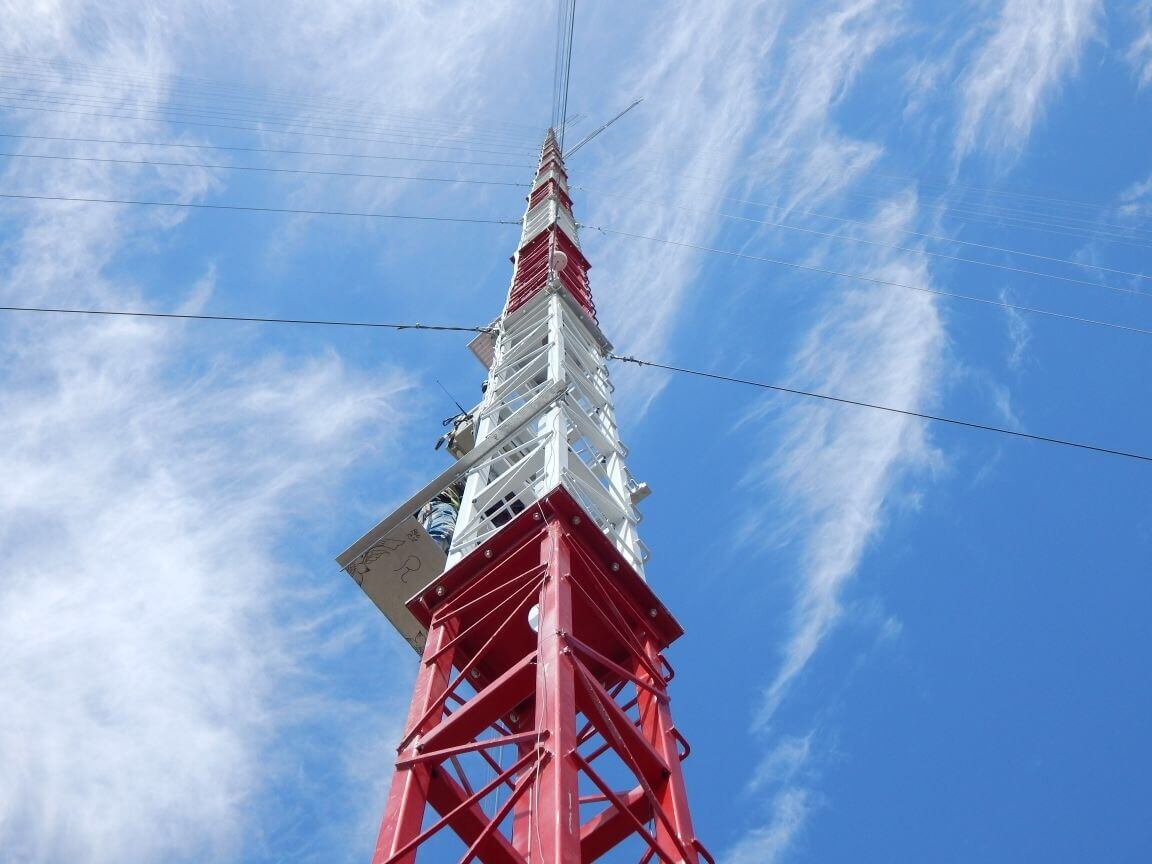This article comes from S&P Global Ratings and is authored by Primary Credit Analyst Abhishek Dangra, FRM, Singapore, abhishek.dangra@spglobal.com, and Annabelle C Teo, Singapore, annabelle.teo@spglobal.com

Because the renewables supply is uncertain − dependent as it is on natural factors such as wind or water − we make our estimates based on expected probability of electricity generation based on the segment and, when available, the company’s track record.
Introduction
India’s power industry is being disrupted by a massive investment drive into renewables. The country plans to triple renewables energy capacity by 2022, to 175 GW from 57 GW now. This will require from $90 billion to $150 billion in new investments, according to government and market estimates. Growth for renewables is a given. The question, for us, is whether the growth will be profitable and credit supportive.
S&P Global Ratings acknowledges many uncertainties in India’s nascent renewables sector. In our view, the performance of Indian renewables companies will depend on diversity and operational performance. Many players in this sector are highly leveraged. They are growing rapidly from a low base, face stiff competition, and falling tariffs, and they must adjust to rapid technological advances.
In this environment, many renewable companies are seeking capital to pursue growth or refinance existing high-cost rupee loans. Investors, in turn, are seeking greater clarity for risk differentiation and investment decisions. India is competing with many other countries globally which are scaling up renewables investments.
The frequently asked questions
What is the biggest factor affecting operating stability for renewable-energy providers in India?
Resource risk. Operating performance due to lower-than-expected resources (wind, sun, and water) can be a key credit differentiator for renewable companies in India. Many of India’s emerging renewable-energy companies have limited operational track records and their operating performances were generally weaker than they estimated. This weighs on the ratings on renewables despite supportive regulations.

To keep up with the demands of larger wind turbines, RK Systems has constructed a 150-m tower for one of India’s leading Independent Power Producers in renewable energy.
Renewables enjoy priority dispatch on India’s grids, in that the segment is not subject to price-based merit order. However, operators only get paid when electricity is generated. So under regulated feed-in-tariffs, they are shielded from price risk, but still exposed to volume risk, which can be pronounced without a sufficient resource track record.
This is unlike fossil-fuel based plants which receive availability based payments to cover their fixed costs, even if they don’t generate power.
We believe regulations are supportive of renewables and provide visibility on tariffs, but weaker operating performance can negate the benefit of fixed long-term power purchase agreements (PPAs). This inherent volatility in cash flows, due to resource risk, are only partly mitigated through diversification and stringent standards for site selection.
Because the renewables supply is uncertain − dependent as it is on natural factors such as wind or water − we make our estimates based on expected probability of electricity generation based on the segment and, when available, the company’s track record. We generally adopt P90 (a level of annual generation that is forecasted to be exceeded 90% of the years) or P75 for solar, adjusting based on our experience of the company’s operating track record.
We have seen variation between P75 and P90 electricity-generation estimates ranging from 3 to 8%, which can translate to significant 10 to 30% differences in revenue. Hydro and wind have experienced weather-related variations while solar has generally performed in line.
One caveat is that many experts claim that India’s weather patterns have been extreme for the past few years, which makes it more difficult to assign probability on a forward-looking basis. We believe that in the long run, the probability estimates if robust should be met, though they need to be regularly revised and recalibrated. For their own business plans, many industry players’ use P50 estimates for solar and P75 for wind.
What matters more for performance: the scale of operations or diversity of assets?
In our view, diversity trumps size for renewables. All else being equal, we consider renewables companies with a number of smaller projects spread across India to have a better business positioning compared with a company with a large renewables project in one state. We believe credit profiles are negatively affected by concentrations of cash flows from single or limited:
• Projects–contributing a significant portion of cash flows.
• Resources–exposing producers of hydro, wind, and others to weather vagaries.
• Counterparties–raising vulnerabilities to credit risk and payment delays
• Geography–concentrating exposures to local weather conditions.
In our view, resource diversity could support more stable cash flows. Weather patterns − though equally unpredictable for each segment − have been seen to offset some of the excess and shortfall of electricity generation across solar, wind, and hydro. Resource diversity also helps smooth out seasonality, because, for example, good monsoons drive hydro generation higher while dry seasons facilitate solar-power generation. We thus expect improved cash flow stability for companies such as Greenko Energy Holdings (B+/Stable/–) with improving resource diversity.
Companies such as Mytrah Energy Ltd. (unrated; wind), Azure Power (unrated; solar), NHPC Ltd. (BBB-/Stable/NR; hydro) on the other hand are largely exposed to single-resource risk. The credit profile of Tata Power Co. Ltd. (B+/Stable/–), which is diversifying into renewables, is significantly affected by one large loss-making imported coal-based plant due to resource pricing/linkage issues.
Given India’s wide geography and varied weather patterns across the country, a presence across states can also limit volatility. For instance, wind patterns last year were good in Maharashtra though unfavorable in some other states. Moreover, payment track records also vary sharply, so diversity across states has generally helped in maintaining a relatively better collection record. Geography is increasingly relevant as projects and counterparties can be in different states (for instance NTPC Ltd. is the counterparty for Greenko’s solar project in Andhra Pradesh).
What is the nature of counterparty risk for the renewables sector?
Weak, because the primary off-taker from India’s grids are state electricity utilities (SEUs), whose own financial positions tend to be weak. Delays in payments by SEUs weigh on the operating efficiency of generators, causing adverse working capital movements and stretched financials.
We have seen frequent delays but not payment defaults and we do not expect defaults. In most cases, collections occur between 60 and 180 days, but some states have delayed payments for more than a year.
For the rest of the 7-page document: https://goo.gl/XsDCPC
Filed Under: Financing, News, Policy




